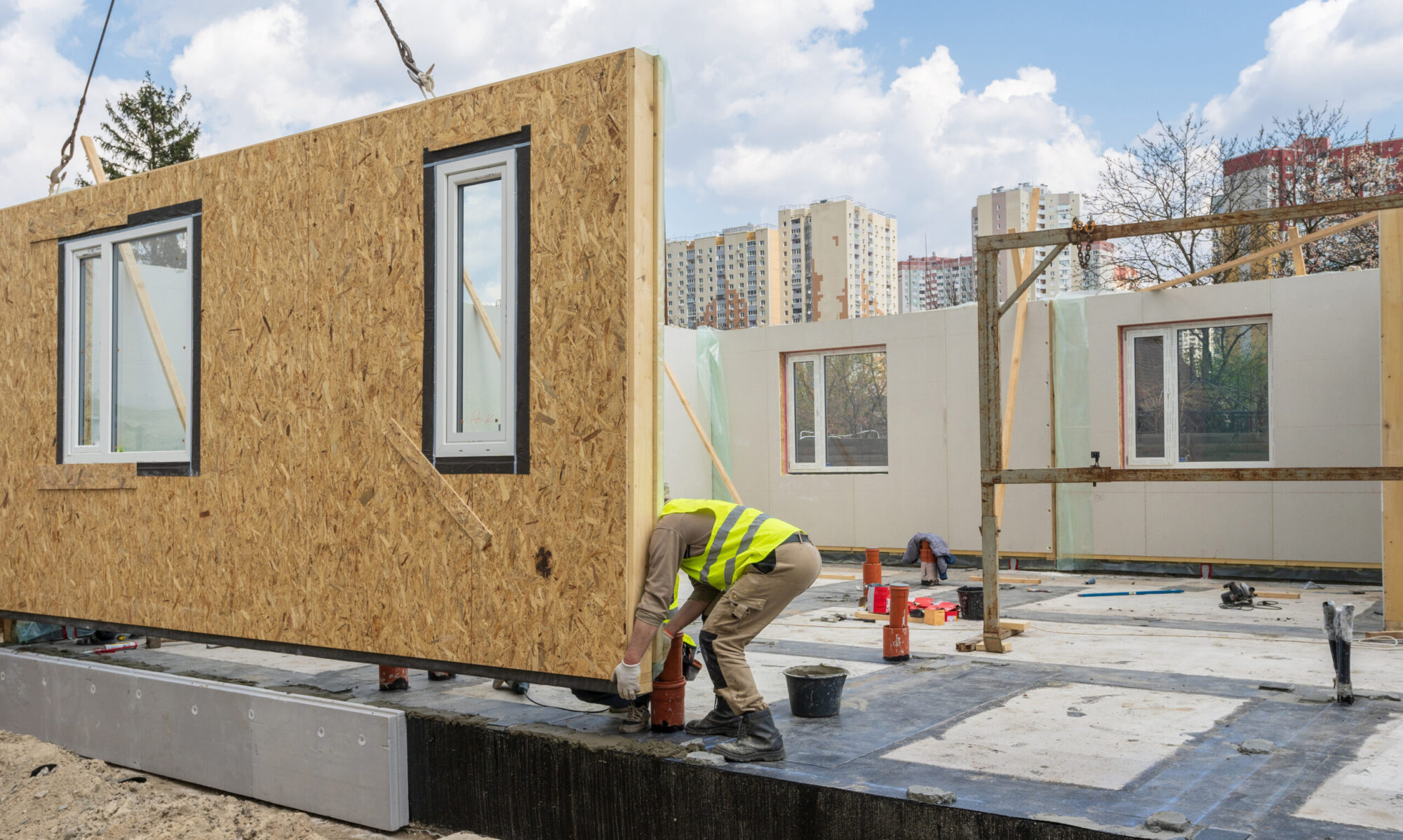In the face of rising housing costs and growing homelessness, innovative minds at the University of Texas at Austin are turning theory into hands-on impact. Assistant Professor Christopher Rausch and his graduate research course are leading a project focused on industrialized production of the built environment — and its potential to tackle the affordable housing crisis.
Rethinking How We Build
At the heart of this initiative is a push to rethink traditional construction. With support from Rokit Homes — who donated two modular homes for the project — students and faculty at UT Austin will be:
- Exploring new methods for energy efficiency and high performance materials.
- Testing how modular homes can evolve and adapt to changing community needs.
- Developing digital twin models and data-driven approaches for the design, construction and operation of housing.
- Examining deconstruction and material reuse strategies for a circular economy.
This house will serve as a living laboratory, helping to push the boundaries of what’s possible in housing design, construction and sustainability – to help address important societal issues such as the housing crisis.
From the Frontlines to the Classroom
The motivation behind the project runs deeper than academics. One student shared how their work with unhoused individuals during the pandemic sparked a personal commitment to sustainable design. That experience planted the seed for this project, where real-world urgency meets innovative education.
Why Modular?
Modular housing presents a powerful option for affordable, scalable solutions. With the ability to be rapidly assembled, these homes are especially promising for people displaced by climate disasters or economic hardship. They offer a temporary but dignified step toward stability — and potentially a bridge into long-term housing solutions.
Beyond the Blueprint
“This isn’t just a construction project,” Rausch emphasizes. “It’s a conversation about values. We see people on the streets every day. We wonder what we can do. This is a tangible answer.”
From emergency shelter for climate-displaced families to stepping stones out of homelessness, the potential applications for these modular homes are wide-reaching and urgently needed. This project isn’t just teaching students how to build — it’s showing them why to build. It’s a real-world laboratory where classroom concepts meet compassion and innovation becomes action.
For Rausch, his students, and partners like Rokit Homes, this is more than education. It’s engineering hope.

